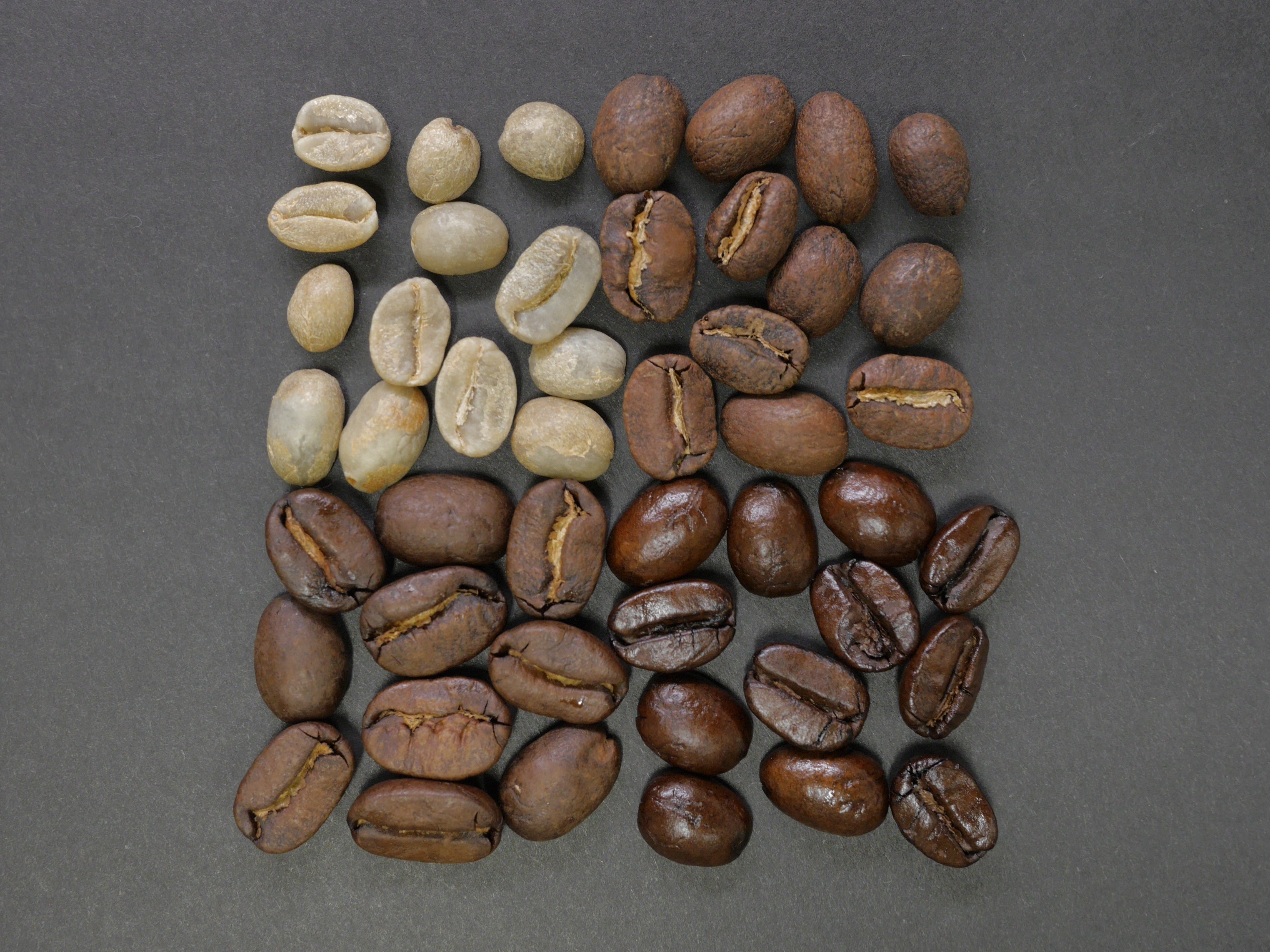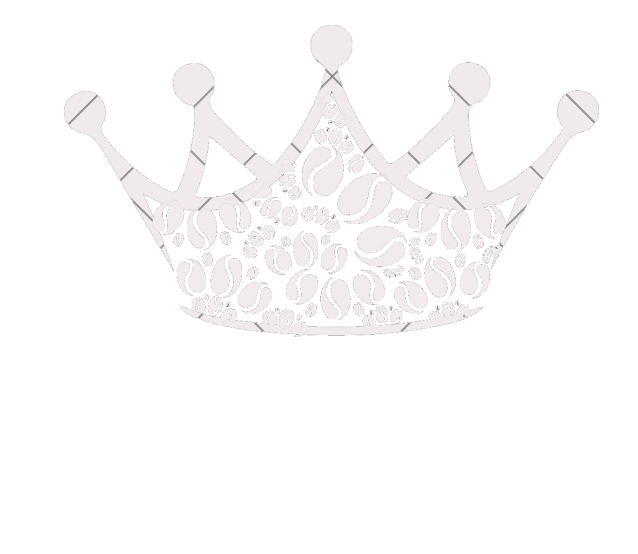
Coffee Aroma Quality: What You Need to Know
Odkryj kluczowe czynniki determinujące jakość ziaren kawy, od odmiany po palenie, oraz jak rozpoznać kawę wysokiej jakości.
Introduction
Coffee is a beverage that millions of people consume every day, but not all coffee beans are the same. The quality of the coffee we enjoy in our cup depends on a series of factors, from the variety of plants grown to the harvesting and roasting methods, and finally to how it is prepared. In this article, we will explore the main factors that determine the quality of coffee beans, helping you understand what to look for to enjoy superior coffee.
Coffee Varieties: Arabica and Robusta
Two of the main coffee varieties that influence the quality of the final product are Arabica and Robusta . Arabica beans are generally considered to be of higher quality due to their more complex and delicate flavor, with fruity and floral notes. They grow at higher altitudes and require specific climatic conditions, making them more difficult to cultivate but highly appreciated by consumers and coffee experts.
Robusta beans, on the other hand, contain more caffeine and have a stronger flavor, with earthy and woody notes. While less prized than Arabica, Robusta beans are often used in blends to add body and intensity, especially in espresso preparations.
Cultivation and Climate: Key Factors
One of the fundamental aspects that determine coffee quality is where the beans are grown. Plantations located in tropical climates, with stable temperatures and high altitudes, are ideal for producing high-quality beans, especially for Arabica. The mountainous regions of Brazil, Colombia, Ethiopia, and Costa Rica are famous for producing superior quality beans due to the optimal growing conditions.
Additionally, the harvesting method directly affects quality. Hand-picking , used for high-quality coffee, allows only ripe beans to be selected, ensuring a more balanced and flavorful cup of coffee. In contrast, mechanical harvesting , while more economical, doesn't distinguish between ripe and unripe beans, negatively impacting the final flavor of the coffee.
Processing: From Bean to Coffee
After harvesting, coffee beans must be processed and dried. There are two main processing methods that affect coffee quality:
-
Washed (or wet) process : This method removes the fruit pulp before drying the beans, enhancing the purity of flavors and giving the coffee a cleaner and brighter taste. It's the preferred method for high-quality Arabica, as it highlights the beans' intrinsic characteristics.
-
Natural (or dry) process : In this method, the beans are dried with the fruit still attached, giving the coffee a sweeter and more fruity flavor. This method is more common in regions where water is scarce and works well with varieties like Robusta.
The way beans are processed immediately after harvest has a huge impact on the final product's quality.
Roasting: The Art of the Perfect Bean
Roasting is another crucial step in determining coffee bean quality. During this process, the beans are heated to high temperatures to develop the characteristic aromas and flavors of coffee. There are different degrees of roasting, each of which impacts the coffee's flavor profile in various ways:
-
Light roast : Enhances the fruitier and more acidic notes of coffee. This roast is mainly used for high-quality Arabica beans, where the complexity of flavors is meant to be highlighted.
-
Medium roast : Balances sweetness, acidity, and bitterness, creating a harmonious profile. This is the most common roast level for blends used in espresso preparation.
-
Dark roast : Emphasizes bitterness and body, reducing acidity. It's ideal for those who prefer a more intense and robust coffee.
The chosen roast level can greatly influence the tasting experience, and skilled roasters carefully balance time and temperature to get the best out of the beans.
How to Recognize High-Quality Coffee Beans
For coffee enthusiasts, learning to recognize high-quality beans is key to fully appreciating this drink. Some aspects to consider include:
-
Appearance : High-quality coffee beans are uniform in shape and size, with a smooth surface and no visible defects.
-
Aroma : Fresh high-quality beans emit an intense and pleasant aroma, ranging from fruity to chocolatey notes, depending on the variety and roast.
-
Roasting date : Coffee is best when fresh. Always check the roast date and try to consume the beans within 2-3 weeks to get the most flavor.
Conclusion
The quality of coffee beans is the result of a complex process that begins with cultivation and ends with roasting. Choosing high-quality beans means appreciating not only the taste but also the work and care involved at every stage. Whether it's Arabica or Robusta, grown at high altitudes or lower levels, processed dry or wet, the key to a good cup of coffee is always in the quality of the bean.

